
.
Image: Ray
When the new year rolls around, many people will resolve to get in better shape. Last year, Americans poured $44.8 billion into the fitness industry, flocking to gyms and buying at-home fitness equipment. But it usually takes just two weeks for people to abandon their goals. Gym memberships go unused. Peloton bikes collect dust.
Researchers at the National Institutes of Health have found that amidst all the fitness options on the market, personal training tends to lead to better results for several reasons: It involves a personalised program, fits into the participant’s schedule, and requires being accountable to the trainer. But personal training is expensive, priced anywhere from $50 to $150 (or more) per hour for one-on-one sessions.
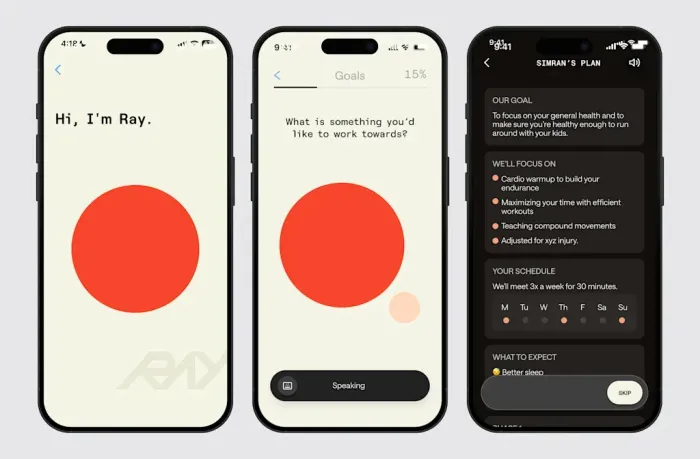
.
Image: Ray
Ray, a new AI-powered fitness app, wants to offer all the benefits of a personal trainer for a fraction of the price. (In fact, the service is free for early users, but will eventually start charging a monthly fee.) When you open the app, an AI trainer that looks and sounds like a real person will guide you through a workout. The program will be customized to your goals, your bodily limitations, the equipment you have handy, and the amount of time you have.
And like a human trainer, Ray will observe your movements to help you improve your form and offer more challenging workouts as you improve. Ray will also follow up with you by text, like a real trainer, to see how the session went and to help schedule the next one.
Importantly, the technology is going to keep improving as more people use Ray and as AI evolves. “The conversation’s going to get more fluid; the vision is going to get better,” says Colin Raney, Ray’s cofounder. “We’re currently working on grunt recognition, to see if we can identify how the user is doing based on the sounds they’re making.”
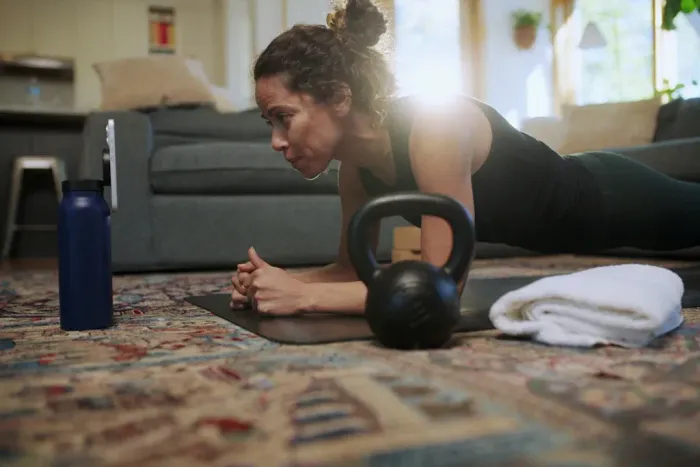
.
Image: Ray
Ray is the brainchild of Rich Miner, cofounder of Android, and Raney, an Ideo veteran and former CMO of PillPack. Over the years, both have relied on personal trainers and found them transformative. For Raney, it was clear that there were many aspects of working with a human being that could cultivate real behavior change. “I needed the accountability of not wanting to let my trainer down by not showing up,” he says. “Or tuning the workout to me if I had a bad day, or my back wasn’t feeling right, or if it looked like I was ready to push myself that day.”
Raney has thought about improving people’s health by changing their behavior. He helped build PillPack, which was designed to help people actually take their medicine by delivering it monthly in packets sorted by date and time. He believed it would be possible to get people to workout more frequently if they had access to the qualities of a personal trainer.
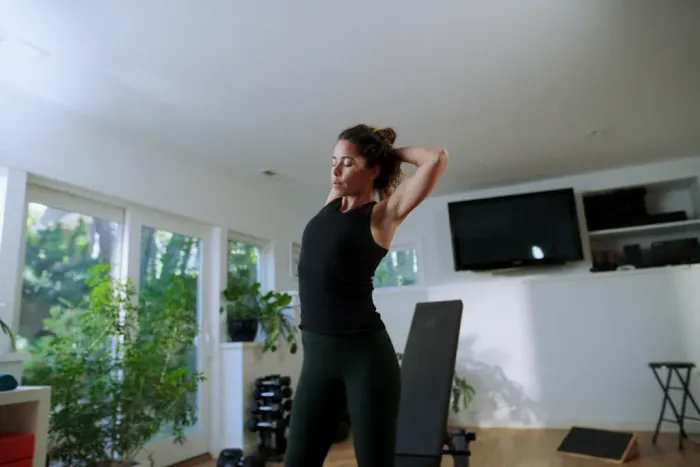
.
Image: Ray
“Our thesis was that if you build the right behavioral loop, people will workout more regularly,” he says. This aligns with research that finds that people who relied on a personal trainer lost fat and built muscle, with a lower rate of injury, compared to people who worked out alone or in groups.
As Raney spoke with Miner about building a fitness tool, it became clear that AI technology was evolving to the point that it could mimic a personal trainer. Miner has been working on AI for decades, and has the patent to one of the first “wake words” for a voice-based personal assistant 35 years ago. “If you’re not a movie star or someone with a lot of money, you can’t afford to get that kind of personalized training,” he says. “But I realized that with agentic AI, you could actually start building virtual people who could watch you and talk to you naturally.”
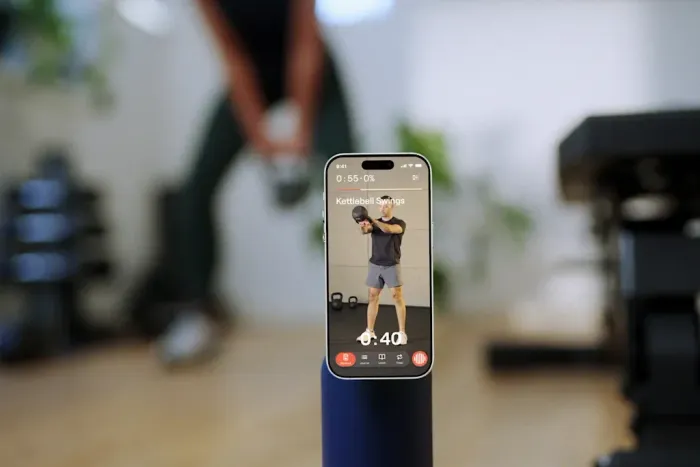
.
Image: Ray
The fitness industry is working hard to incorporate technology into existing tools. Over the last decade, there’s been an explosion of tech-enabled machines, from Peloton and NordicTrack machines with screens that provide feedback about the workout, to weight-lifting machines like Mirror, Tempo, and Tonal that can help count your reps. Now, these companies are figuring out ways to incorporate AI into their systems, to better tailor workouts to the user.
Minor and Raney began building Ray two and a half years ago. What sets it apart from many other tools on the market is that it is built on AI, rather than simply retrofitting existing technology with AI. Ray is designed to approximate a real person that can interact with the user in a natural way.
“It adapts to you,” Minor says. “You don’t have to change a bunch of settings to make sure the workout is tailored to you. You can just say, “Ray, my shoulder’s hurting today.”
The technology is equipped with several cutting-edge AI technologies. It has natural language processing, to create real conversations with the user. It is able to observe the user across 35 different points, and has a machine learning algorithm that identifies your body movements. It is also equipped with an AI planner that helps you dynamically plan workouts based on the user and their workout history.
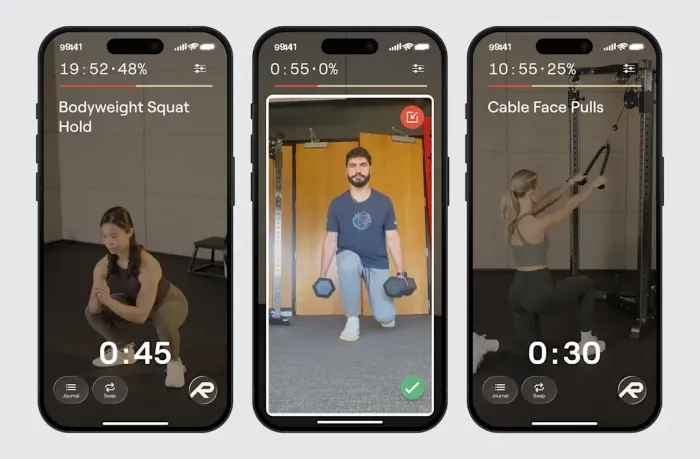
.
Image: Ray
Ray has also incorporated a lot of highly specific data about personal training. The data is trained on the textbooks and manuals that personal trainers use to get qualified. Raney also became certified as a personal trainer to ensure the Ray experience is as realistic as possible. “Ray’s team has a huge amount of domain expertise,” he says. “We have a lot of knowledge about things like what constitutes a good workout and how to create a complete workout in a given amount of time.”
Raney believes that the seamlessness of the interaction is important because one big obstacle to behavioral change is decision fatigue. “Part of what holds people back is the mental load,” he says. “You have to decide when you will do the workout, and then make a lot of decisions about what exactly you’ll do and for how long. With a personal trainer, all you need to do is to show up at the agreed upon time and do the program.”
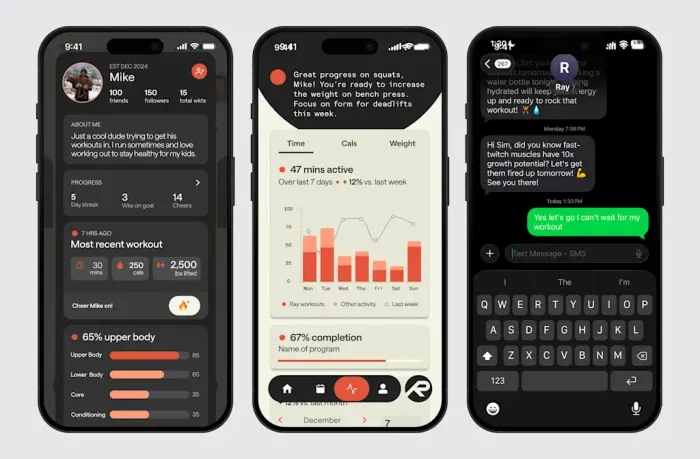
.
Image: Ray
Minor believes that consumers will immediately see the difference between an AI-native fitness app, versus one that is back-solving into an existing system. He compares it to how companies started making mobile-first apps instead of just adapting their websites to mobile apps. “That’s when you got Instagram and Uber,” he says. “People rethought what an app could be if you didn’t have to rely on a legacy application. That’s what we’re trying to do with Ray.”
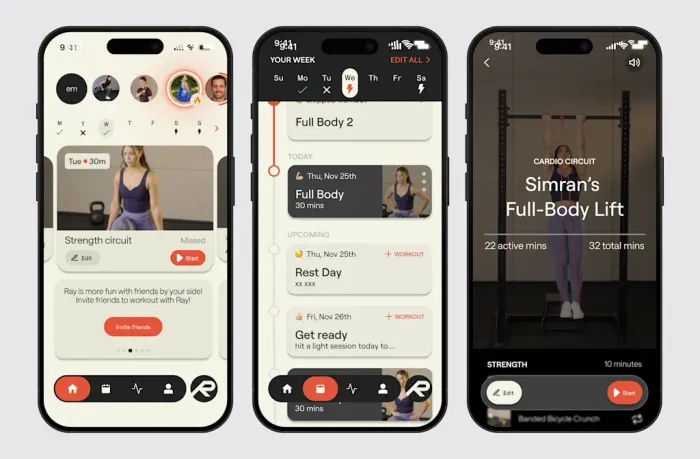
.
Image: Ray
Six months ago, Ray quietly launched on the app store, without any marketing. Thousands of users have already started using it. The founders say they wanted to see how users interacted with it and use this data to further train the AI.
When I tried it, I was impressed by how well the program adapted to my needs. In 20 minutes, I was able to do a range of exercises in my office without any equipment. As I did push-ups and jumping jacks, my Ray trainer was encouraging, telling me that I was on the right track. It also respected the fact that I hate burpees. (You can pick whether the trainer is supportive or a little more assertive, since different users respond to different approaches.)
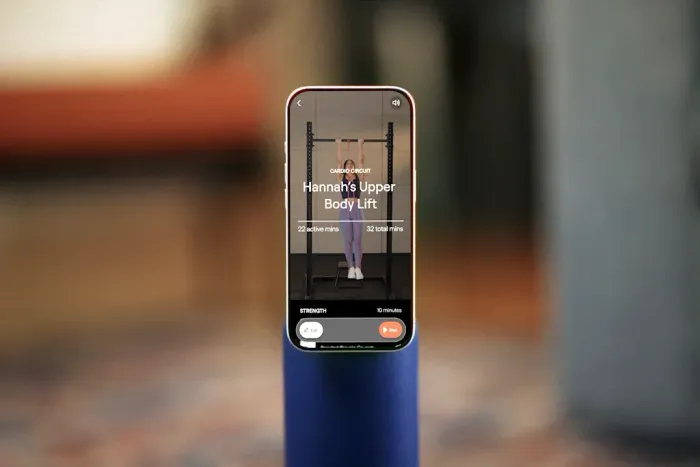
.
Image: Ray
But as with other agentic AI platforms I’ve used, I found that the interaction wasn’t perfectly seamless. I didn’t exactly feel like I was interacting with a human trainer; the AI trainer’s eyes seemed blank and unfocused. When I spoke, Ray would pause before responding to me in a way that made the conversation a little stilted.
Ray’s founders say that these aspects of the interactions will only get better as the more people use the platform and the AI itself improves. But for now, Ray didn’t feel human enough that I felt bad about letting it down if I didn’t show up for a workout—the way I would if I were working with a real person.

.
Image: Ray
Miner acknowledges that an AI agent won’t provoke the same level of accountability that a human would, but he says that there are still benefits to creating an anthropomorphic app. “It’s more than about creating a sense of guilt about letting a person down,” he says. “A trainer guides you through what to do and they’re watching you as you workout, counting your reps and motivating you. Ray gives you all of that.”
And there are some ways that a virtual personal trainer is more convenient than a human one. You can do workouts at odd hours that a human may find objectionable. You don’t have to compete with the trainer’s other clients and you can cancel at the last minute. And then there’s the price.
Right now, Ray is free. But in the coming months, the founders will develop a pricing structure that is designed to be significantly less than the price of hiring a human personal trainer. Over time, the founders believe that Ray will begin to feel even more like the real thing.
“Ray has improved so much over the past six months since it’s launched,” says Raney. “It’s going to feel more and more real as time goes on.”
ABOUT THE AUTHOR
Elizabeth Segran has been a staff writer at Fast Company since 2014. She covers fashion, retail, and sustainability. She has interviewed Virgil Abloh, Mara Hoffman, Telfar, Diane von Furstenberg, and Ulla Johnson, among many other designers.
